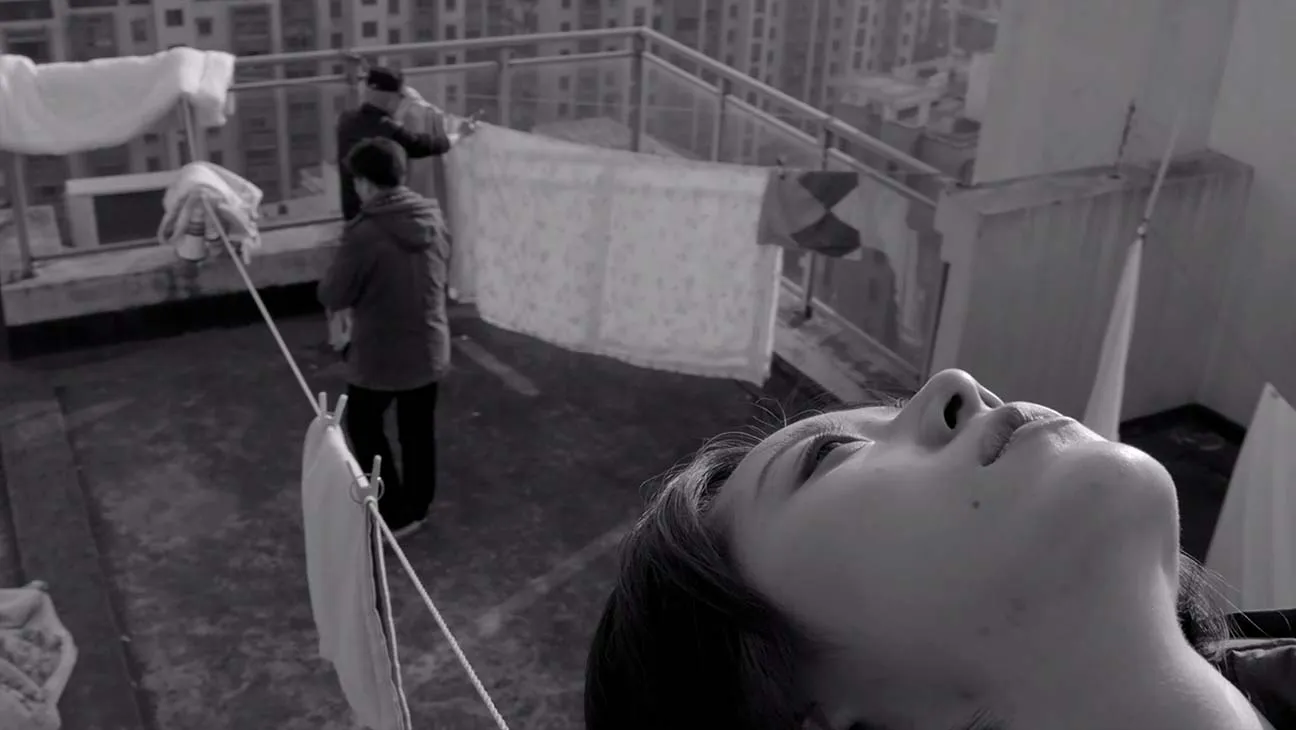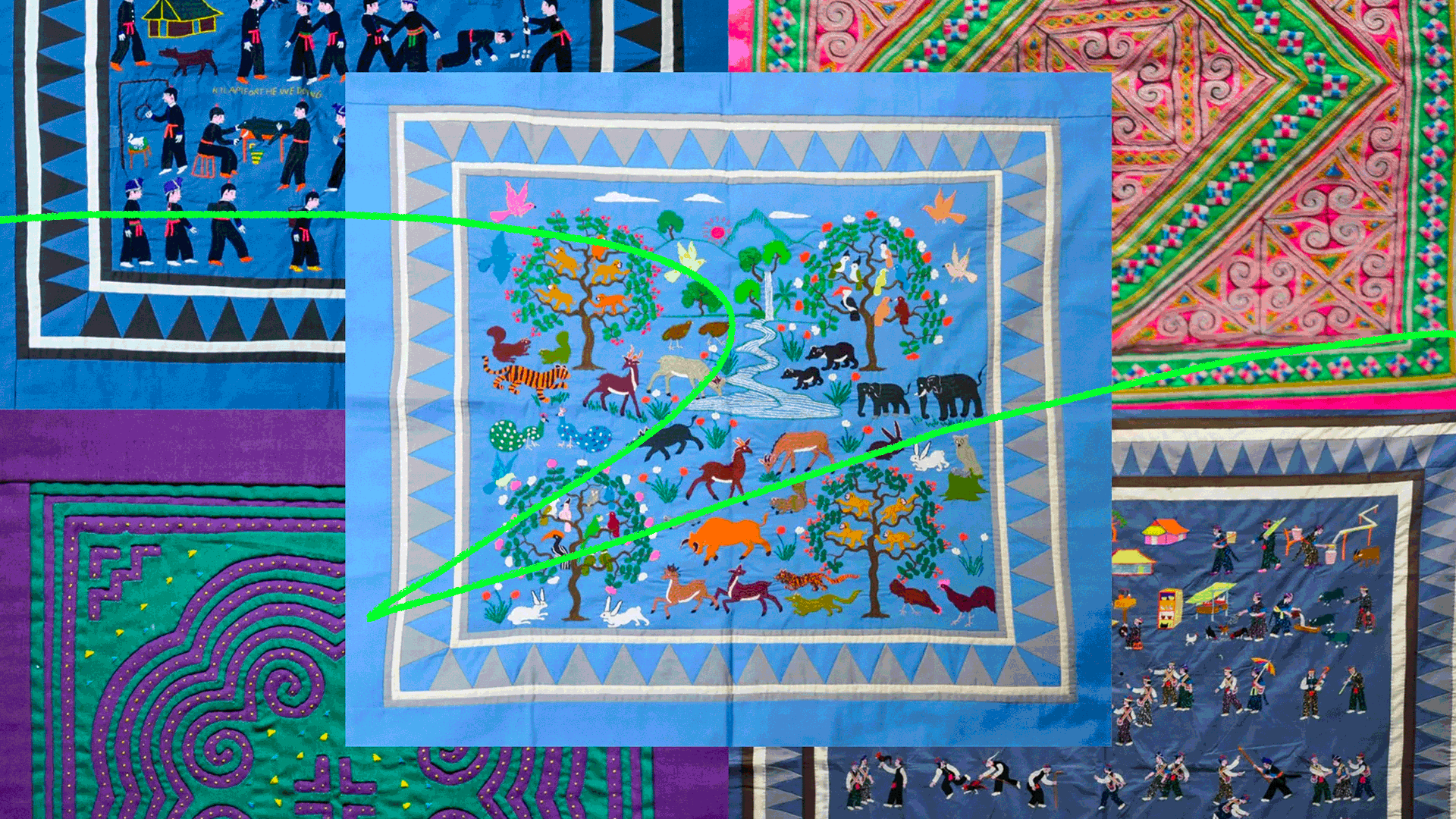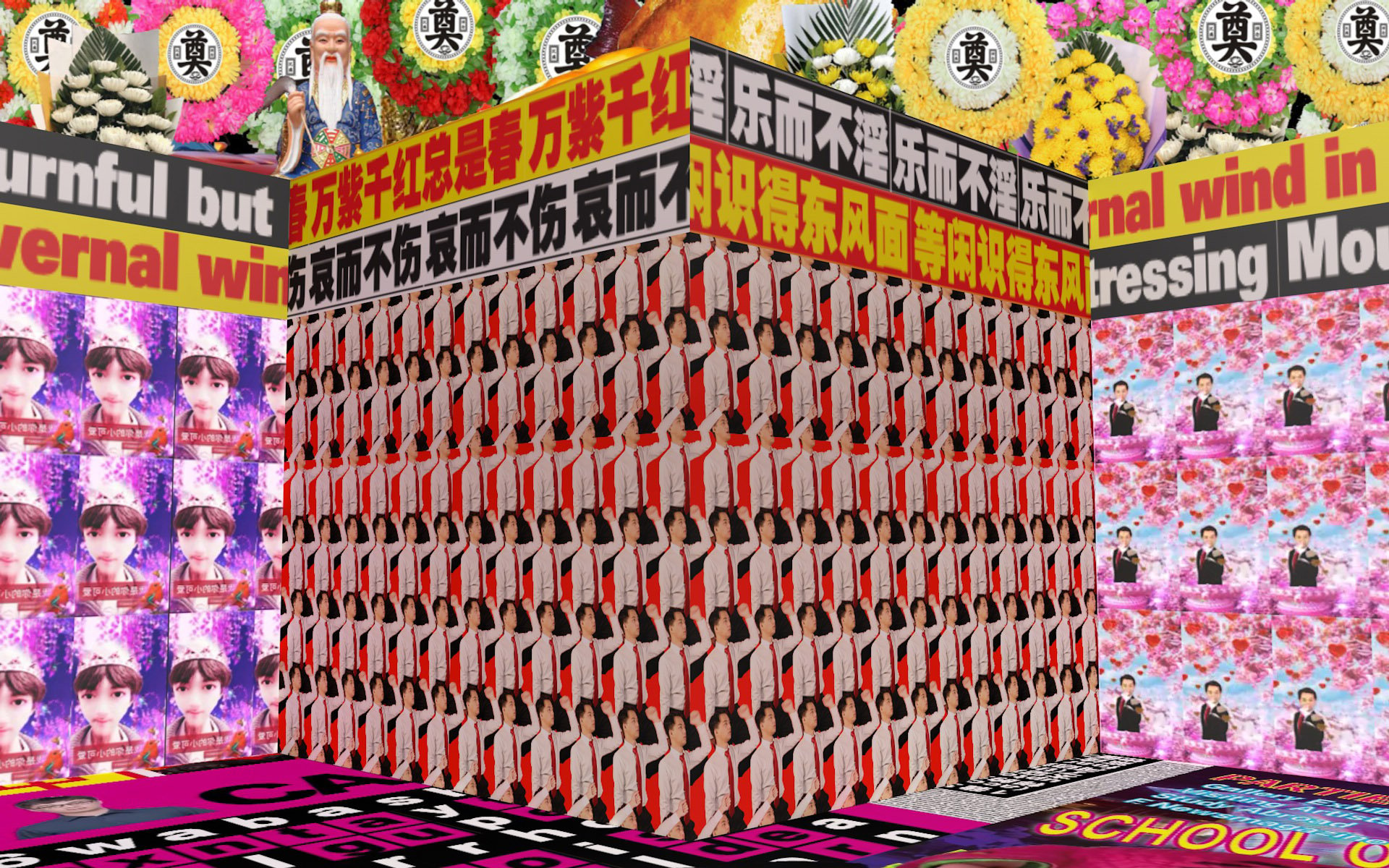Prior to last weekend’s frenzy surrounding the official shutdown and resurrection of netizen favorite social video platform TikTok in the U.S., many American users had fled to RedNote, aka Xiaohongshu, which claims to be “China’s answer to Instagram.”
For the first four days, Americans and Chinese engaged in nonstop fun on RedNote. They chatted about everything from “show me your proof of cat tax” to comparisons of monthly expenses, from learning Mandarin to penning heartfelt “letters to Li Hua.” The platform quickly buzzed with fishermen’s hero shots, cherished family recipes, and bicultural jokes that resonated deeply with users. Many embraced this opportunity to learn more about each other and build meaningful connections.
For Shanghai Vang, a 30-year-old American new to RedNote, her bonds were deeply tied to a shared ethnic heritage: Hmong.
“I downloaded RedNote because of the TikTok ban. I guess it was a blessing in disguise. I’ve been making new friends there since then,” Vang reflects. Driven by curiosity, one of her first posts on RedNote sought Hmong people on the Chinese social platform, and the responses were overwhelmingly welcoming. “One friend had been texting me a lot, sending me photos of the Hmong embroideries her mom and grandma made. It’s been fun.”
Hmong is an ethnic minority group native to several countries in Southeast Asia with a rich yet challenging history. After losing tribal wars in ancient China, they faced persecution and were driven from their mountain homes. By the late 18th century, the Hmong began resettling in Vietnam, Laos, Thailand, and Myanmar.
Starting in the mid-1970s, during the French colonial period in Indochina, many Hmong refugees found their home in France and French Guinea. After World War II, the U.S. government also facilitated the resettlement of Hmong refugees from Vietnam and Thailand as part of its responsibility to wartime allies.
Today, over 327,000 Hmong people reside in the United States, with significant populations in California, Minnesota, and Wisconsin. Vang’s family is among them.
During the early years of their immigration journey to the U.S., Vang’s grandmother took the liberty of naming one of her grandchildren after China’s internationally renowned metropolis, Shanghai, as she was learning English. A younger grandchild, Shanghai’s sister Yulin, was named after a southern city in China’s Guangxi Zhuang Autonomous Region, home to many Miao people, a subgroup of the Hmong in China.
These family connections inspired Shanghai to delve deeper into her family roots. “I’m excited to know how far I can trace back my ancestry to China,” she says.
Growing up in the U.S., Vang often heard that much of Hmong history had been lost during wars. Stories were passed down orally, making it challenging to document, let alone to preserve their heritage. Raised by her grandparents, who are native Hmong speakers, Vang takes pride in her fluency in the language and in “learning all things of Hmong wisdom.”
“The Hmong used to have their own writing system, but through the course of escaping, they lost it,” explains professor Lee Pao Xiong, a Hmong historian and founding director of the Center for Hmong Studies at Concordia University in St. Paul, Minnesota.
To conceal their identities while fleeing, many Hmong refrained from speaking their language, instead encodeding their stories in embroidery. Hmong textiles often feature motifs of mountains, trees, and flowers, reflecting their natural surroundings as well as their ancestral stories.
The Hmong language, which originated in China, was traditionally transmitted by word of mouth. It wasn’t until the 1950s that writing systems were developed, including the Pahawh Hmong script, used by some Hmong groups in China and Vietnam, and the Romanized Popular Alphabet (RPA), widely adopted by Hmong communities in the U.S..
However, as younger generations increasingly prioritize English and assimilate into American culture, the Hmong language faces the risk of being lost again.
“When you lose your language, you lose your culture,” says professor Xiong, a sentiment echoed by many in the Hmong community in and outside the U.S.
“I’m Hmong, but I know very little about my ethnic group and its history,” says Chen Chen, 36, a queer Hmong art photographer from China. Chen is from Guizhou, a mountainous province in southwest China that is home to over 40 non-Han ethnic minority groups.
One of the new connections Chen made on RedNote is also a queer Hmong who lives in the U.S. Both were surprised to discover each other’s shared background.
“One day, I saw another Hmong friend I met on RedNote, driving by herself on a road in Detroit,” Chen recalls. “A warm feeling hit me instantly.” That indescribable connection, Chen explains, sparks a sense of shared humanity, transcending past experiences and national boundaries. “It also inspires me to explore more of our indigenous culture.”
Chen often draws inspiration from their heritage when working on and researching art projects. “As a Hmong, I’m not from the mountains, but I’m not Han either,” they explain.
China officially recognizes 56 ethnic groups, with the Han being the largest, accounting for over 91% of China’s population and 16% of the world’s population. The Hmong are a subgroup of the Miao, a Chinese term encompassing other groups such as Hmu, Xong, and A-Hmao. There are approximately 11 million Miao people in China.
Like many other ethnic minorities, the Miao have gradually migrated across various provinces and assimilated into Han culture, making the preservation of their traditions a pressing issue.
One such tradition is the annual San Yue San festival, held on the third day of the third month in the lunar calendar, an annual matchmaking and cultural event. It features activities like beauty pageants, bull fights, and singing contests, and is celebrated not only by the Miao but also by other ethnic groups in China, including the Zhuang, Dong, and Yao people.
Xiong Lingying, a 32-year-old Zhuang woman born and raised in Wenshan (a predominantly-minority community) reflects on how this environment gave her the freedom to explore her origins and identity.
In addition to the San Yue San festival, the Wenshan Zhuang and Miao Autonomous Prefecture in Yunnan province, near the borders with Vietnam and Laos, has preserved many other traditional Hmong customs. “Wenshan and American Hmong people had a long friendship even before RedNote went viral,” says Xiong, whose mother has been involved in cultural exchange efforts between Hmong communities in the U.S. and China. “Many Hmong Americans came here to trace their roots. In history, [when] Hmong people fled to Vietnam or Laos, Wenshan was often their last stop in China.”
Paj tawg lag, a song describing Wenshan as the last Hmong hometown in China, was engraved on a stone tablet preserved in the old town Wenshan in 2017. This effort was made possible by Elk Grove, California mayor Steve Ly, the first ethnically Hmong mayor in the U.S., along with government officials in Thailand, Laos and Yunnan province.
The University of Minnesota hosts one of the few Hmong studies programs in the U.S., and took students on an immersive language and cultural experience to Wenshan in the summer of 2019. In 2024, the Wenshan local congress made an official trip to visit California and Minnesota to deepen the Hmong connection between the two countries.
Meanwhile, in St. Paul, two schools dedicated to teaching the Hmong language and culture have merged under a new name: Txuj Ci HMong Language and Culture. The name, chosen by students and staff from both schools, is in Hmong, with the capitalization of “HMong” symbolizing the two primary dialects spoken by the Hmong people: White Hmong and Green Hmong.
The renaming was part of the Envision Saint Paul Public Schools district redesign in 2021, a broader initiative that led to the closure and merger of several schools across St. Paul.
“I was shocked that Hmong people from Minnesota speak such fluent Hmong, while we only speak a local dialect and Mandarin, ” says Xiong. “Sometimes, we even need a Hmong translator during cultural exchange events.”
Although Wenshan Radio offers four different language channels — Han, Zhuang, Miao (Hmong), and Yao — across eight counties, the local dialect she refers to is distinct from both White and Green Hmong, the two most widely spoken varieties of the language.
Luc, a 40-year-old French, Hmong-speaking RedNote user, has also noticed this difference. He’s met many interesting people through the platform, and connected with them not only through text in Hmong, but also via audio memos. “People from Yunnan’s Wenshan and the surrounding regions can speak and understand our White Hmong, while those from Guizhou are more likely to speak Green Hmong,” he explains.
To native speakers like Shanghai Vang, White and Green Hmong are essentially the same language with minor differences in accent, much like variations in spoken French or English. Despite the differences in pronunciation, Hmong speakers can still understand each other through the Romanized Popular Alphabet.
However, studying the Miao language and its variations such as Hmong, Hmu, Qo Xiong, and Lu Mien remains complex, as grammatical usage and tone can change drastically from town to town. This variability makes it difficult to standardize and preserve the language in its entirety.
After nearly a week of excitement on RedNote, American user Vang’s perspective on China has completely transformed. “I used to be very hesitant about visiting China,” she says. “Now that I’ve met so many wonderful people, I’m confident in saying I’m looking forward to visiting China soon.”
Luc has considered returning to university, and plans to study at Guiyang University in China because of their ethnic minority courses, which are lacking in French universities. He also hopes to teach his niece and nephews more about Hmong culture.
Looking ahead, despite the recent launch of a translation feature on RedNote, it’s not available to all users to translate Hmong. Nevertheless, the new connections that have been made are already a net benefit for creating a fresh dialogue about Hmong culture internationally.
“This is definitely a monumental event in the history of the U.S.-China relations,” exclaims Xiong Lingying. “No matter how long this heated relationship lasts, even if no foreigners post on RedNote after a week, I will always remember that we embraced each other virtually.”













